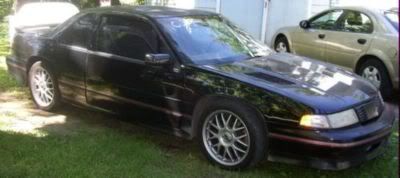I'm all for the emissions stuff, but on my LX9 RWD swap with headers and modified UIM inlet, EGR will just be difficult to integrate.
For a daily driver, should I make it work somehow? How will the tune need to be tweaked to compensate for the removal?
For a daily driver, should I make it work somehow? How will the tune need to be tweaked to compensate for the removal?


Comment